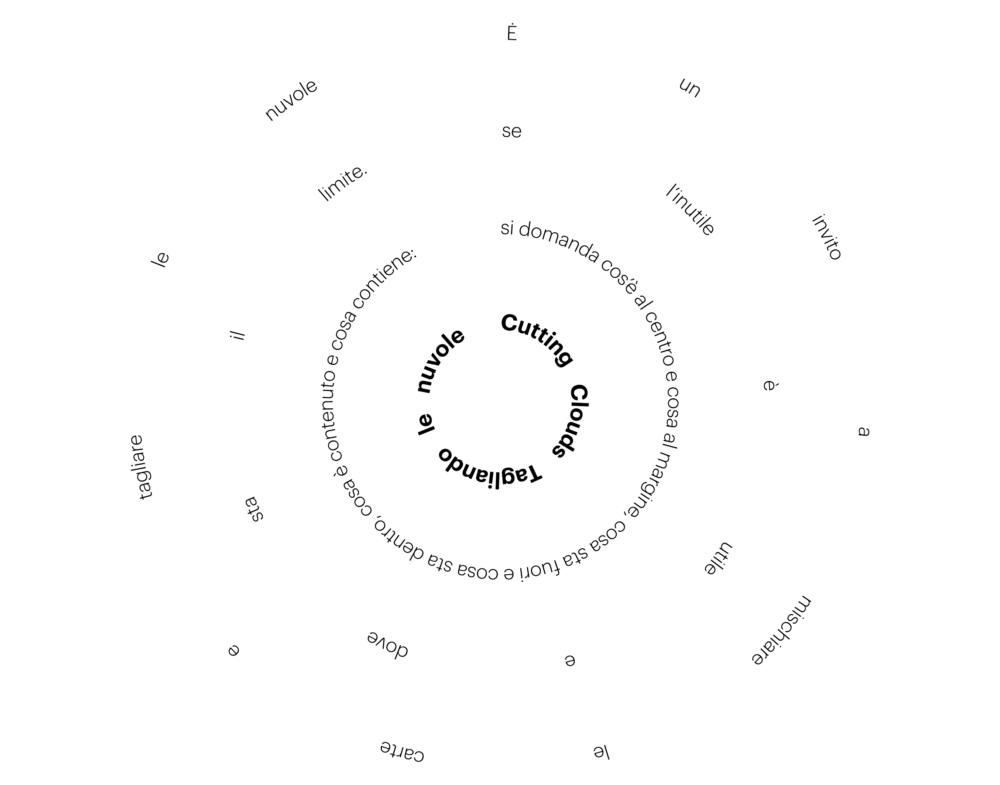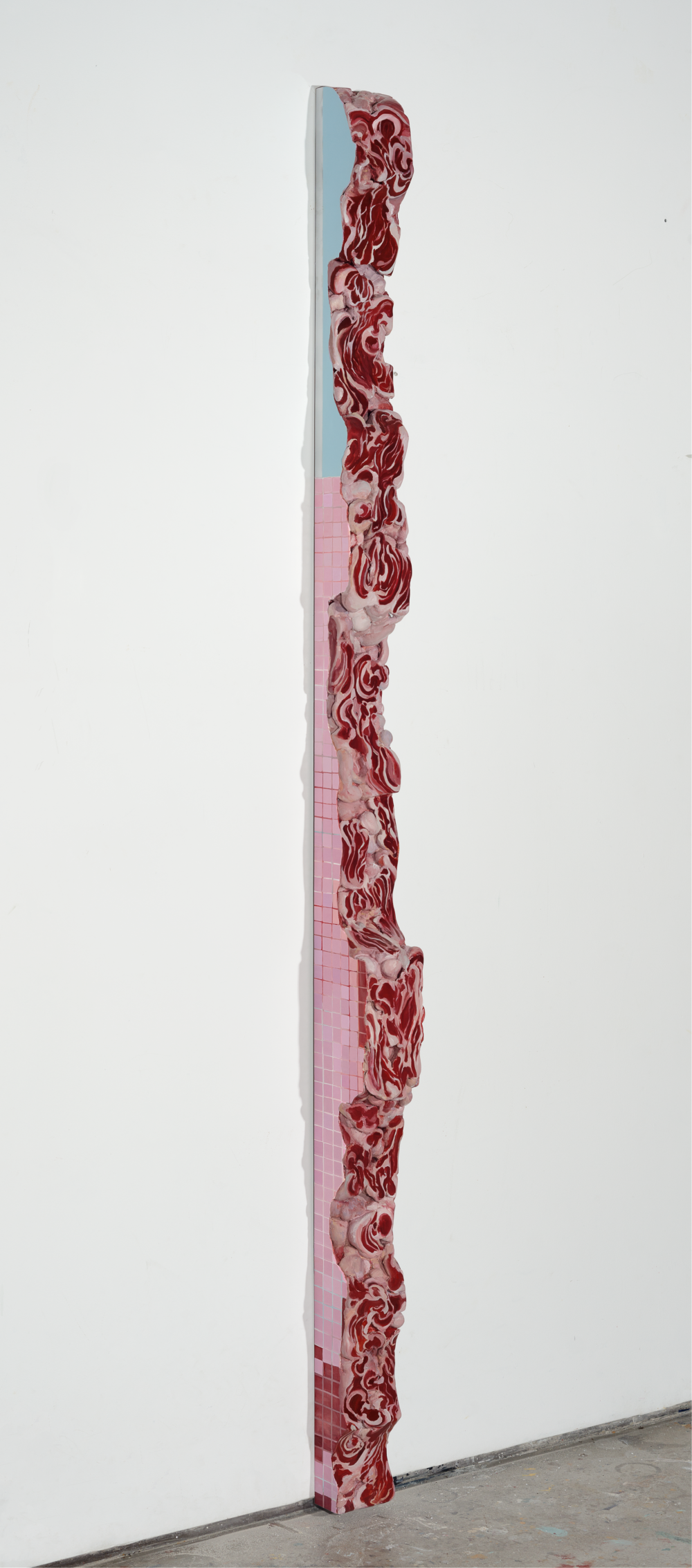In October of 1968 a young couple of collectors from Salerno, Marcello and Lia Rumma, asked Germano Celant – a twenty-eight years old art historian who was already active in the world of Avantgarde art – to curate an artistic event that would be defined today as an exhibition-happening. In fact, after more than forty years later there is no doubt that the mythical Arte Povera più Azioni Povere hosted at the Arsenali d’Amalfi constituted the founding moment of a movement that revived the creative imagination and practice of Italian artists on an International level from the Sixties onwards. Today, the installation in the Church of Donnaregina represents the seventh venue of “Arte Povera 2011”: a series of complex exhibitions installed in some of Italy’s most prestigious museums which aims at reviewing an artistic experience whose propelling poetic force is still as valid today as it was then. A selection of historic artworks – some of which were first exhibited in Amalfi – by Giovanni Anselmo, Alighiero Boetti, Luciano Fabro, Jannis Kounellis, Mario Merz, Marisa Merz, Giulio Paolini, Pino Pascali, Gianni Piacentino, Michelangelo Pistoletto and Gilberto Zorio was chosen for the exhibition, as well as works from the same period by Pierpaolo Calzolari and Giuseppe Penone, two protagonists of the Arte Povera movement who were not present in that show. It would have been impossible and pointless to attempt a faithful reproduction of the original exhibition as – from a conceptual point of view – many of the installations were realised using ephemeral materials and techniques, or consisted of street performances and public debates which took place during those threeintense and confused days. For this reason the exhibition focuses on the experimental logic of artworks conceived towards the end of the Sixties. an Art then, at had no monumental ambitions and was not dominated by market demand, but rather, was created using improvised gestures and fluctuating traces that went beyond the painting’s frame and traditional exhibition spaces in order to indicate the possibility of a radical renovation of the expressive language and role of art.In respect to this revolutionary approach, the event at the Arsenali di Amalfi representsan extraordinary and unrepeatable experiment hopefully that enchanted atmosphere is recreated in the timeless space, of the fourteenth-century church of the Donnaregina Vecchia.
Exhibition
Arte Povera più Azioni Povere 1968
Arte Povera più Azioni Povere, 1968
11.11.2011 — 20.02.2012
Curated by Germano Celant and Eduardo Cicelyn
In the Church of Donnaregina Vecchia the seventh venue of “Arte Povera 2011” series of exhibitions.

